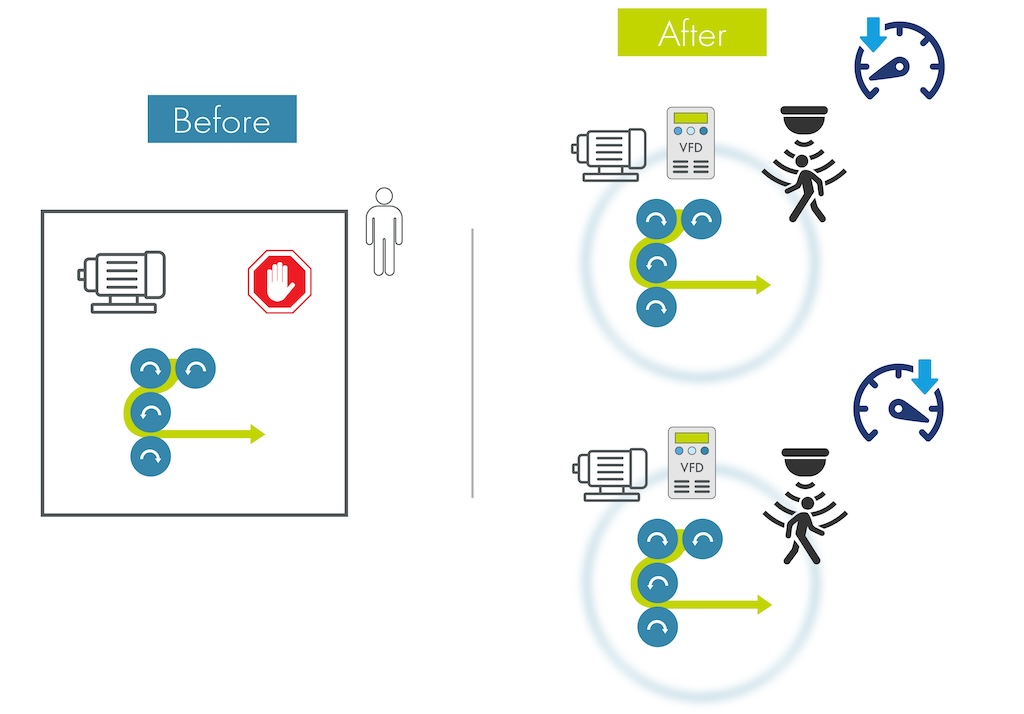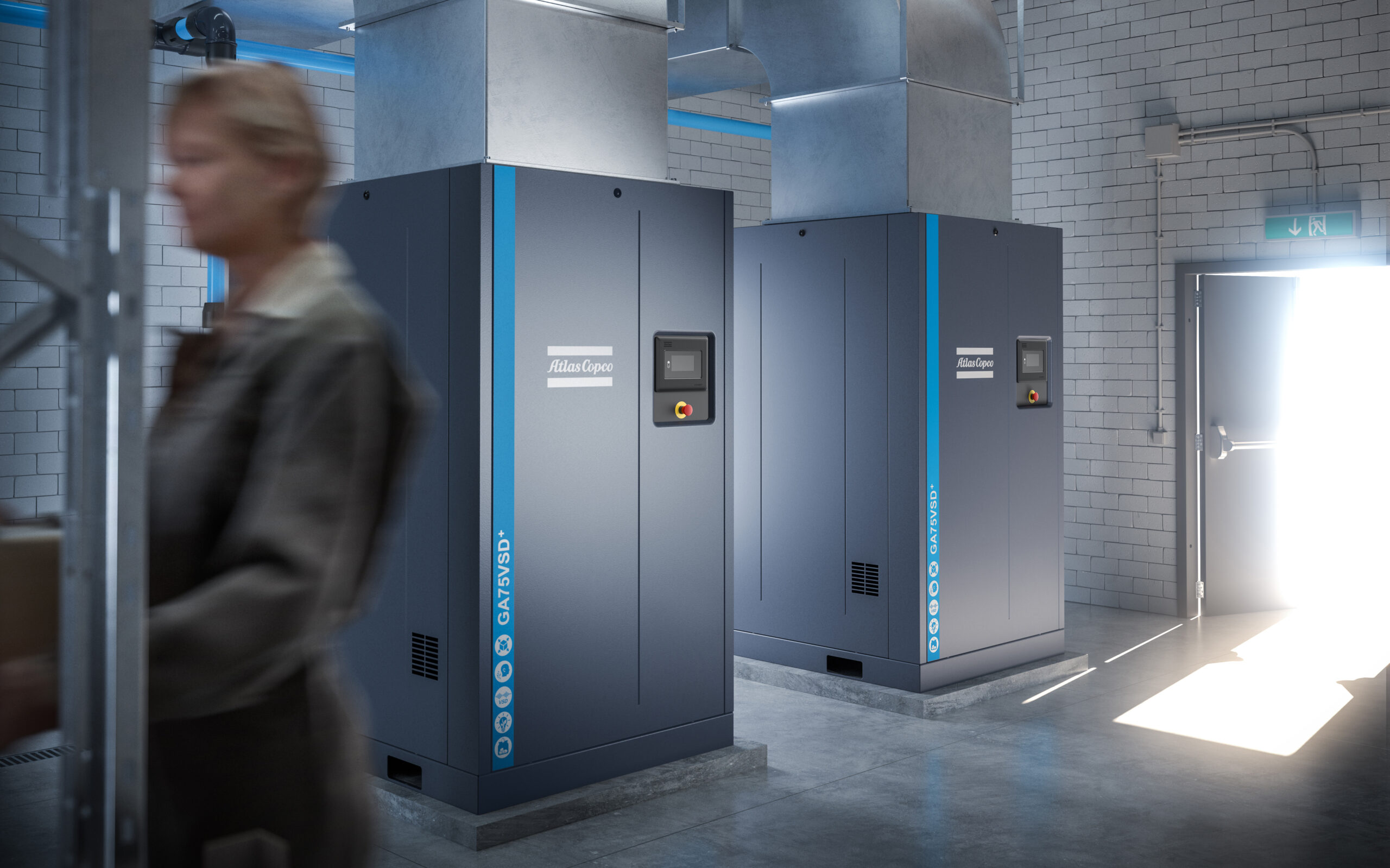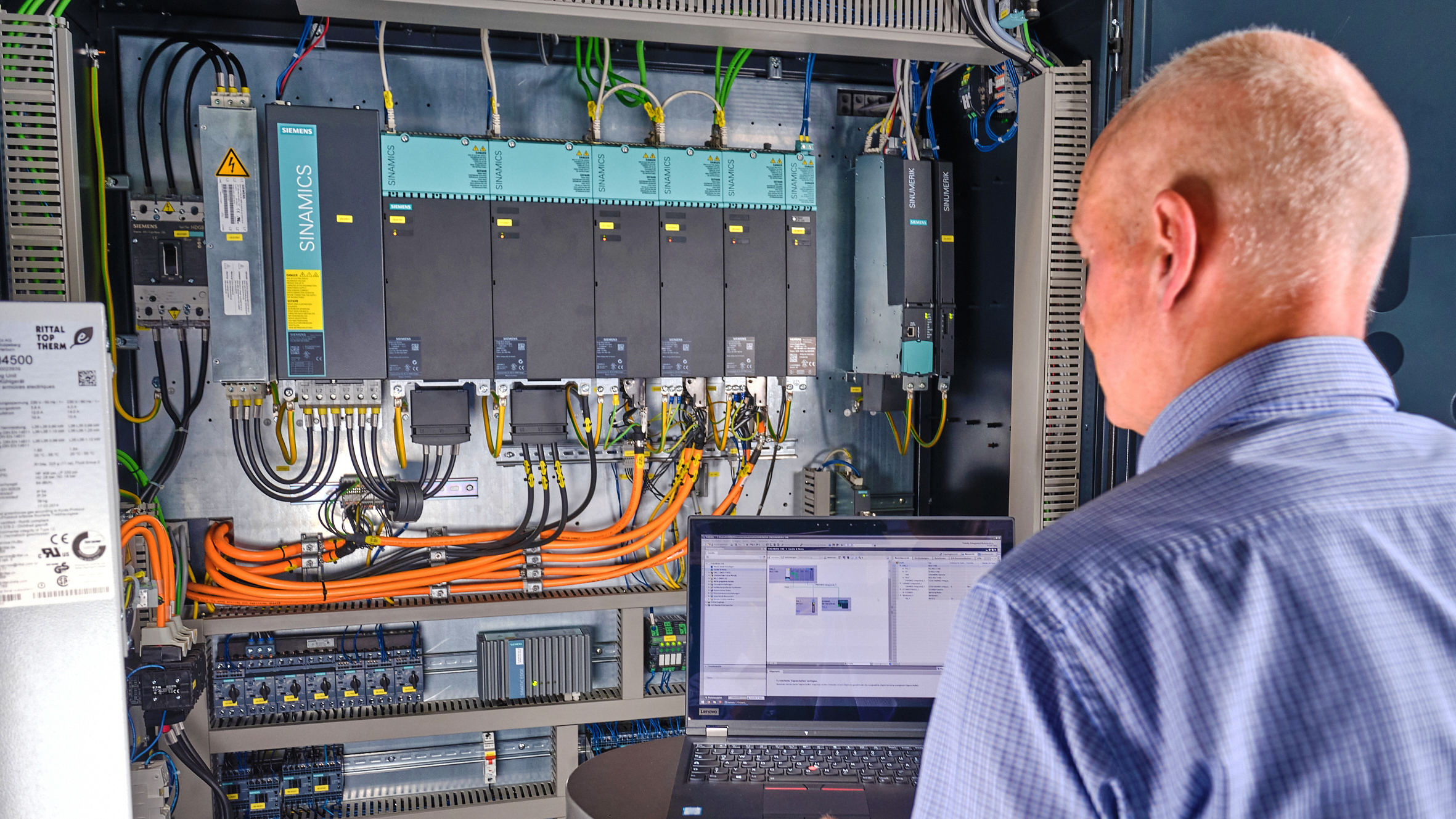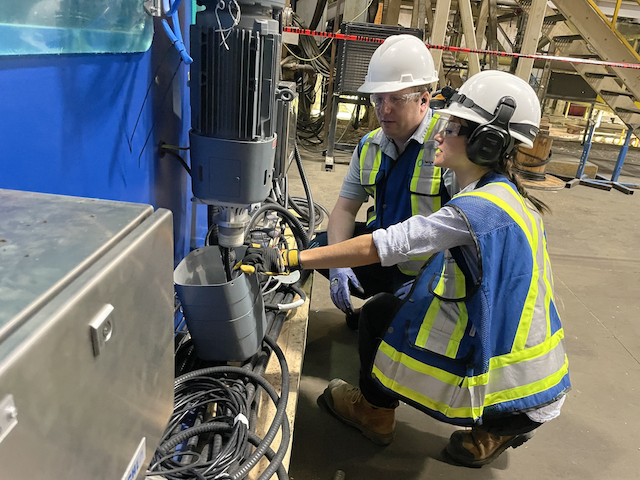Knowing how magnetism and electromagnetic induction work are crucial to understanding how an ac induction motor works and functions.

To understand how an alternating current (ac) induction motor works, it helps to look into the basics of magnetism and electromagnetic induction and how they impact the functions of ac induction motors.
Basic magnetism
Magnetism refers to the force that attracts or repels two objects from each other. This action takes place because of a magnetic field that exists with the movement of electrically charged particles. Magnets, for instance, have a strong magnetic field which attracts certain ferrous materials to them such as nickel, steel, cobalt, and iron. Identical poles of two magnets repel, while opposite poles create an attraction.
A magnetic field surrounds the space surrounding a magnet. Placing a magnet in this field creates a magnetic force. This magnetic force still exists even after removing the magnet. Moreover, the magnetic field of an object creates a magnetic force on another component that has a magnetic field.
Law of electromagnetic induction
The law of electromagnetic induction explains how the magnetic field and electric circuit relate to each other. The physicist Michael Faraday played a huge role determining the law through his experiment using a coil and magnet, he was able to discover the induction of electromotive force (EMF) in the coil due to the changes existing to the flux linked to it.
According to Faraday, rapid changes taking place in the magnetic field results in a greater voltage or induced EMF in the coil. He also came up with two laws that further explain how electromagnetic induction works. One of these laws presents the fact that changes in the coil of wire’s magnetic field lead to an EMF induced in the coil. Changing the magnetic field may take place through by moving the magnet:
- Away from or closer to the coil
- Rotation of the coil surrounding the magnet
- Creating changes in positioning a coil in the magnetic field.
In another law, Faraday explained that the magnitude of the EMF induced in the coil relates to the change of flux’s rate linked with the coil. The coil’s flux linkage is the result of the number of turns made in the coil, as well as the flux related to the coil. Faraday’s law is an essential law of electromagnetic induction. His law is applicable in various electrical machines and industries.
Rotating magnetic field
When it comes to operating an ac motor, it is important to understand the principle of a rotating magnetic field. This field affects all electromechanical applications including electric generators and induction motors. In simple terms, a rotating magnetic field pertains to the magnetic field with moving polarities. The opposite poles rotate around an axis or central point. There is a constant angular rate with the changes in direction during the rotation.
Induction motors do not use magnets as the latter tend to degrade over time. Instead, these motors use rotors which follow a rotating magnetic field of a stator. The rotor’s short-circuited turns form eddy currents in the stator’s rotating field. As a result, the rotor moves in an efficient manner. Since these are not synchronous motors, there is a particular degree of slip necessary for creating the current due to the rotor and the relative movement of the field.
How an ac induction motor works
Some pieces of equipment and motors rely on ac for power. When it comes to an ac motor, power is produced by the ring of electromagnets positioned around the exterior that produce a rotating magnetic field. This ring makes up the stator.
In the stator, various components conduct electricity. These components include a solid metal axle, coil, and freely-rotating metal pieces. To activate an ac motor, power is sent to the outer coils energizing these components in sequence. This sequence generates a magnetic field that rotates around the exterior of the motor.
The rotor is an electrical conductor suspended within the magnetic field. There is a constant change taking place in the magnetic field due to the rotation. This constant change leads to the production of an electric current situated inside the rotor. An induced current generates its magnetic field and rotates at the same time.
It is electromagnetic induction that makes it possible for such a motor to spin. Therefore, it is referred to as an induction motor due to the manner in which it rotates and operates.
David Manney is a marketing administrator at L&S Electric. This article originally appeared on L&S Electric Watts New Blog. L&S Electric is a CFE Media content partner.



